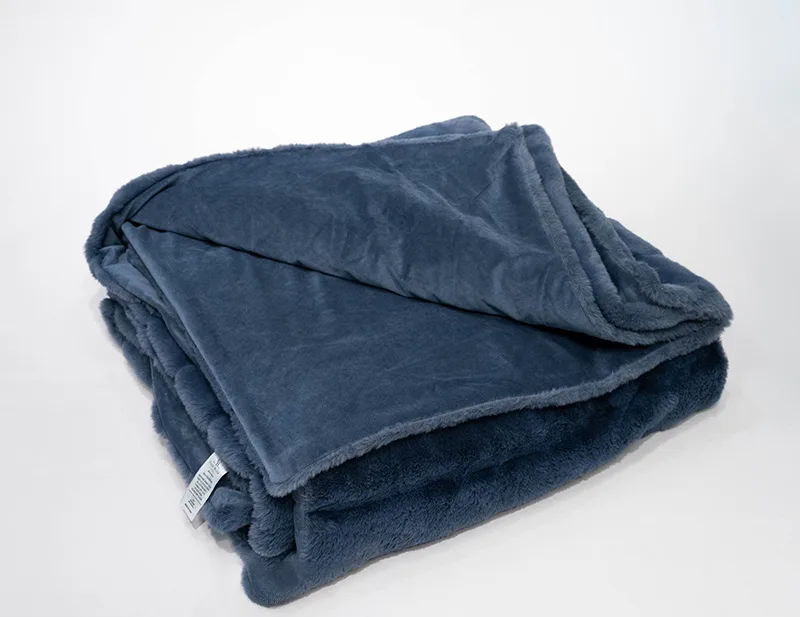What Happens If You Sleep with a Wet Blanket
Key Takeaways
- Health Risks: Understand the potential health risks associated with sleeping under a wet blanket, including hypothermia and fungal infections.
- Comfort Issues: Learn how a wet blanket can significantly reduce sleep quality and cause discomfort throughout the night.
- Material Matters: Gain insights into how different materials react to being wet, affecting warmth and breathability.
- Drying Tips: Get practical advice on how to quickly dry a wet blanket if you have no alternatives, ensuring a more comfortable sleep.
- Preventative Measures: Discover effective strategies to prevent your blanket from getting wet in the first place, such as using water-resistant covers.
Sleeping with a wet blanket is not just uncomfortable, but it raises concerns about health and well-being.
This comprehensive guide explores what happens when you choose to sleep under a wet blanket, delving into the potential risks and discomforts that can arise, ensuring you are well-informed about the implications of this uncommon practice.
What Happens If You Sleep with a Wet Blanket?
Sleeping with a wet blanket can lead to several undesirable outcomes, primarily due to the reduced insulation and increased evaporation cooling effect, which can make you uncomfortably cold throughout the night. Here are some detailed considerations:
- Reduced Insulation: Wet materials lose their insulative properties, leading to a significant drop in warmth, which might cause body temperature to decrease.
- Increased Humidity and Discomfort: The dampness can increase humidity around your body, leading to discomfort and a restless night.
- Potential Health Risks: Remaining in wet, cold conditions for an extended period can lead to hypothermia, especially in cooler environments. Additionally, prolonged exposure to dampness can encourage the growth of mold and mildew on your bedding, potentially causing allergic reactions or respiratory issues.
Is Sleeping with a Wet Blanket Bad?
Sleeping with a wet blanket can have several drawbacks that impact both your health and comfort. Here’s why it might be a bad idea:
- Temperature Regulation Issues: Wet blankets lose their ability to insulate properly, potentially leading to a drop in your body temperature. This can be particularly hazardous during colder months, increasing the risk of hypothermia.
- Growth of Mold and Mildew: Moisture trapped in your bedding can create a breeding ground for mold and mildew. This not only damages the blanket but can also trigger allergies and respiratory problems.
- Discomfort and Sleep Disruption: The cold and dampness of a wet blanket can lead to discomfort, making it difficult to fall asleep or stay asleep throughout the night. This can significantly impair your sleep quality and overall health.


